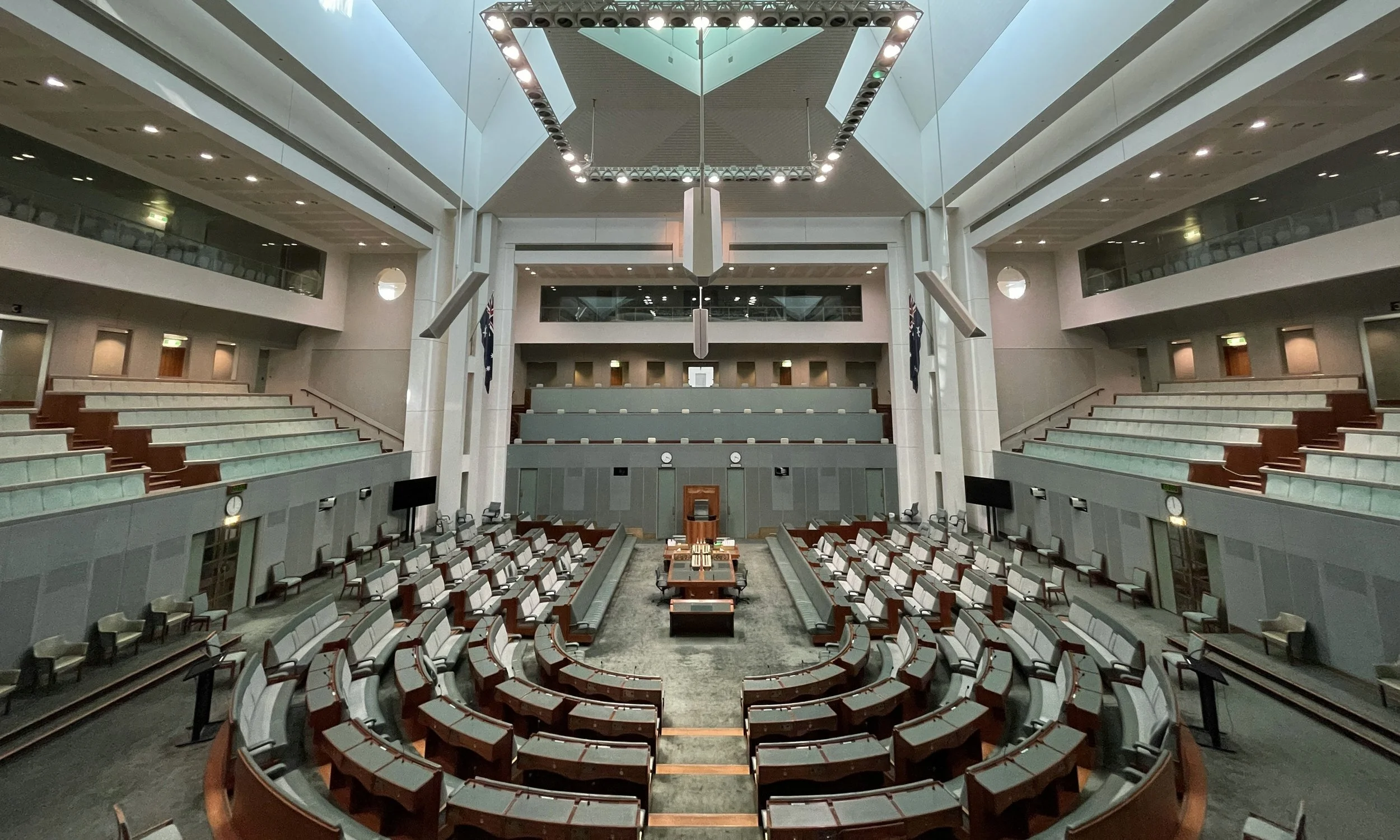The Economics of Communication: NDIS Edition
Seven Word Summary: The economics of communication in the NDIS.
“When policy and economics dominate the headlines, those who combine evidence and empathy cut through.”
The NDIS is now costing Australia $46 billion a year, up 32 per cent in just two years. Growing at an average of 24 per cent per year since 2020, it has become one of the fastest-rising pressures on the federal budget, outpacing GDP, wages and population growth.
It’s a scheme built on good intent and life-changing outcomes. But growth on this scale, without matching impact, isn’t success — it’s a system losing control of its own purpose.
The Economic Reality
The NDIS was designed to empower people with disability, increase participation and reduce long-term costs by enabling independence. Instead, delivery continues to falter.
Therapy capacity, particularly for children, hasn’t kept pace. Waitlists for early-intervention services now stretch beyond six months in many regions, while the allied-health vacancy rate has risen 25 per cent since 2023.
For families, that means delayed outcomes, children missing critical developmental windows, and parents stepping back from work to fill the gap. For the economy, it means reduced participation today, and higher lifetime costs tomorrow.
The uncomfortable truth is that the NDIS is delivering more spend than impact, a disconnect eroding public confidence year after year.
The Real Measure of Impact
When a system struggles to deliver, the people and organisations creating real outcomes become its lifeline. Speech pathologists, occupational therapists, community programs — these aren’t just services; they are the impact itself.
Each session delivered, each child who reaches a milestone, each family who returns to work — these are the measurable returns the scheme was designed to produce. That’s why the organisations able to clearly demonstrate and communicate this value will shape the future of the NDIS.
The recent Senate Estimates hearings show just how closely the scheme’s numbers are being scrutinised. Every dollar is analysed, every program assessed, every decision-maker queried.
But it’s worth reminding policymakers and the public that reform isn’t about reducing spend — it’s about restoring purpose: ensuring dollars translate into tangible progress for people, particularly children.
The Intersection of Storytelling and Evidence
This is where strategic communications earns its name — because in a scheme under pressure, credibility belongs to those who can prove, and effectively communicate, that what they do is more than a service. It’s the impact that makes the system work.
Regardless of industry, communication is critical — and Seven Patterns can be your trusted partners to engage and influence stakeholders, at the intersection of storytelling and evidence.
About the Author
JOSH BROWN — HEAD OF STRATEGIC COMMUNICATIONS
Josh is an experienced communications professional with a background in strategic communications, media, and advocacy. He spent over five years in senior media and advisory roles with Federal Members and Senators, navigating high-pressure and complex political and stakeholder environments.
Josh is passionate about helping people and organisations engage and influence stakeholders for meaningful, positive outcomes.
He holds a Bachelor of Commerce, a Master of Economics, and Graduate Certificate in Public Policy from the University of Western Australia.
Ready to continue the conversation?
Let’s talk — hello@sevenpatterns.com

